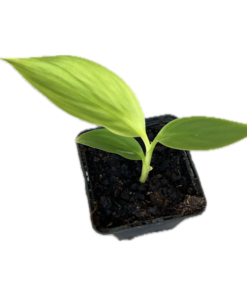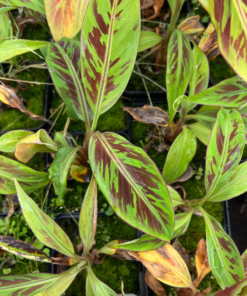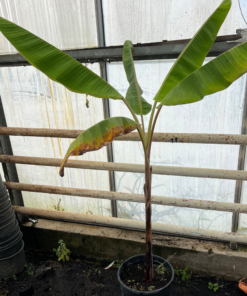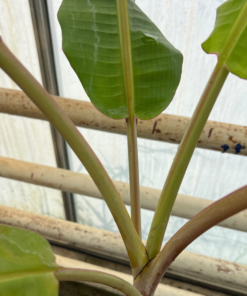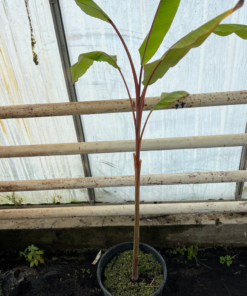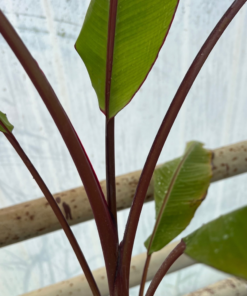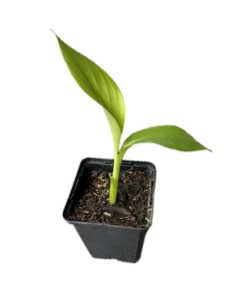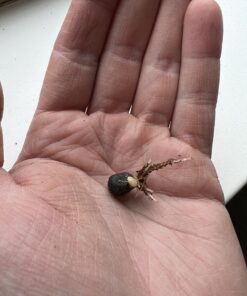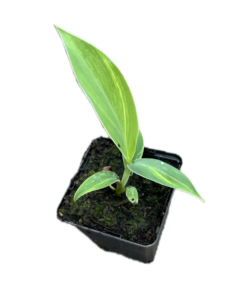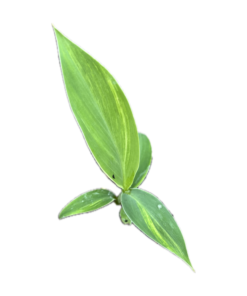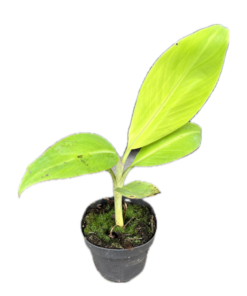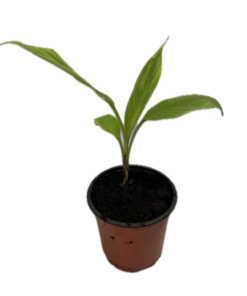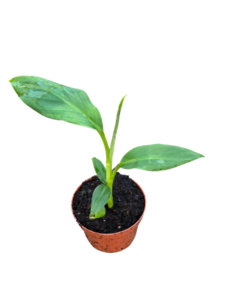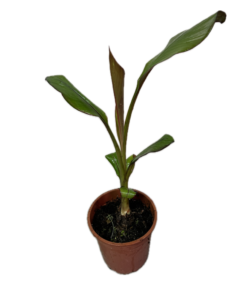We are the market leader in growing special rare banana plants! Every year we germinate various native banana plant species from all over the world. Our strong market share is in germinating Musa and Ensete species. This enables us to produce the most special species for you as a fancier. We also have a special offer for companies in larger numbers of banana plant species. Please ask us for the possibilities.
If you are looking for a special variety that is not listed on the website. Ask us via the WhatsApp button on the website or leave your question in the contact form at the bottom of the home page!
Banana plants
Banana plants
Banana plants
Banana plants
Banana plants
Banana plants
Banana plants
Banana plants
Banana plants
Banana plants
Banana plants
Banana plants
General information about the banana plant:
We know two different Latin family names for the banana plant or banana tree. These are Musa and Ensete. In general, only Musa species are offered in every garden centre. The main difference between Musa and Ensete is that a Musa species produces shoots, also called pupae, at the base of the rhizome. In contrast, the Ensete does not produce shoots. Propagation of Ensete species is only possible through seeds or tissue culture. Another important difference is that Musa species often grow into slender trunks. Ensete species grow into huge trees with a large thick trunk. There are more than 400 species of banana plants worldwide! The best known banana plant is Musa Dwarf Cavendish / Musa tropicana. This species can be found in almost every garden centre and is used for the production of our fruit bananas. The banana plant is not poisonous for humans and animals.
The growth of a banana plant:
The growth of a banana plant varies per species. We know giant banana trees like Musa ingens or small dwarf species like Musa velutina. Under ideal conditions, a banana plant grows very quickly. A banana plant can unfold a leaf a week during the summer season. Some species grow up to two or three metres per season in our climate! When a banana plant feels at ease, it produces water droplets at the tips of its leaves. This is normal and a sign of a healthy plant. In Musa species, after a year or two the first shoots appear next to the mother plant. This can indicate that your plant is preparing itself for flowering. The plant is then getting ready to bloom and leave behind new life. The growth of a banana plant comes from the heart of the stem. If the plant gets too big or is damaged, you can cut the trunk in half, after which the plant grows back from the heart of the trunk.
The hardiness of a banana plant:
None of the banana plants are hardy. A banana plant consists of 80% water. If the plant has been frozen too long, it will completely collapse into mush. We advise you to bring the plant inside around October and let it hibernate in a pot in a cool bedroom. This will give it the best chance to hibernate. On the Internet it is said that Musa Basjoo - Japanese fibre banana is hardy to -10. This is only possible with protection of the stems. Or from the rhizome of the banana plant, the plant will sprout again in spring if it is protected.
Watering a banana plant:
The banana plant requires a big gulp of water in the summer season. Banana plants hang their leaves as a sign that they are dry or have had too little water. The water requirements in the winter indoors are low. Make sure the plant remains slightly moist to prevent it from rotting. This is often the most common mistake made in winter.
The care of a banana plant:
The care of a banana plant is simple. Place the plant in a light and warm spot in the house or garden. Banana plants that are too dark make enormously long leaf stalks in search of light. A light location is important for the banana plant. The banana plant has to get used to it when you put it outside on the terrace. Look for a sheltered spot out of the sun. The leaves can be torn to pieces in the wind or burnt in the sun. In the living room, humidity is low. Therefore, we advise you to water the plant once a week. Include the underside of the leaves to prevent pests such as spider mites.
The inflorescence of a banana plant:
Each species of banana plant flowers at a different height. Smaller species such as Musa velutina, Musa rubina or Musa chunii can already flower at a height of one to two metres. Our experience is that the size of the pot also plays a part in this. The smaller the pot, the smaller the plant. The colourful flower bud of the banana plant emerges from the heart of the stem. The flower bud grows downwards like a cluster. On each fruit there is a flower that needs to be pollinated before the fruit will grow. Sier banana plants are full of black seeds. Each banana plant dies after it has flowered. Musa species generally flower after about 4 years. Ensete species are not edible and only flower after 7 years. If you have always wondered why bananas are always crooked. The banana plant's truss hangs downwards due to gravity, and the banana truss always grows towards the light.
Different purposes for a banana plant:
There are several purposes for the banana plant. The plant is most commonly grown for its fruit or banana leaves in Couscous. It is also widely planted in tropical gardens for its exotic appearance.





